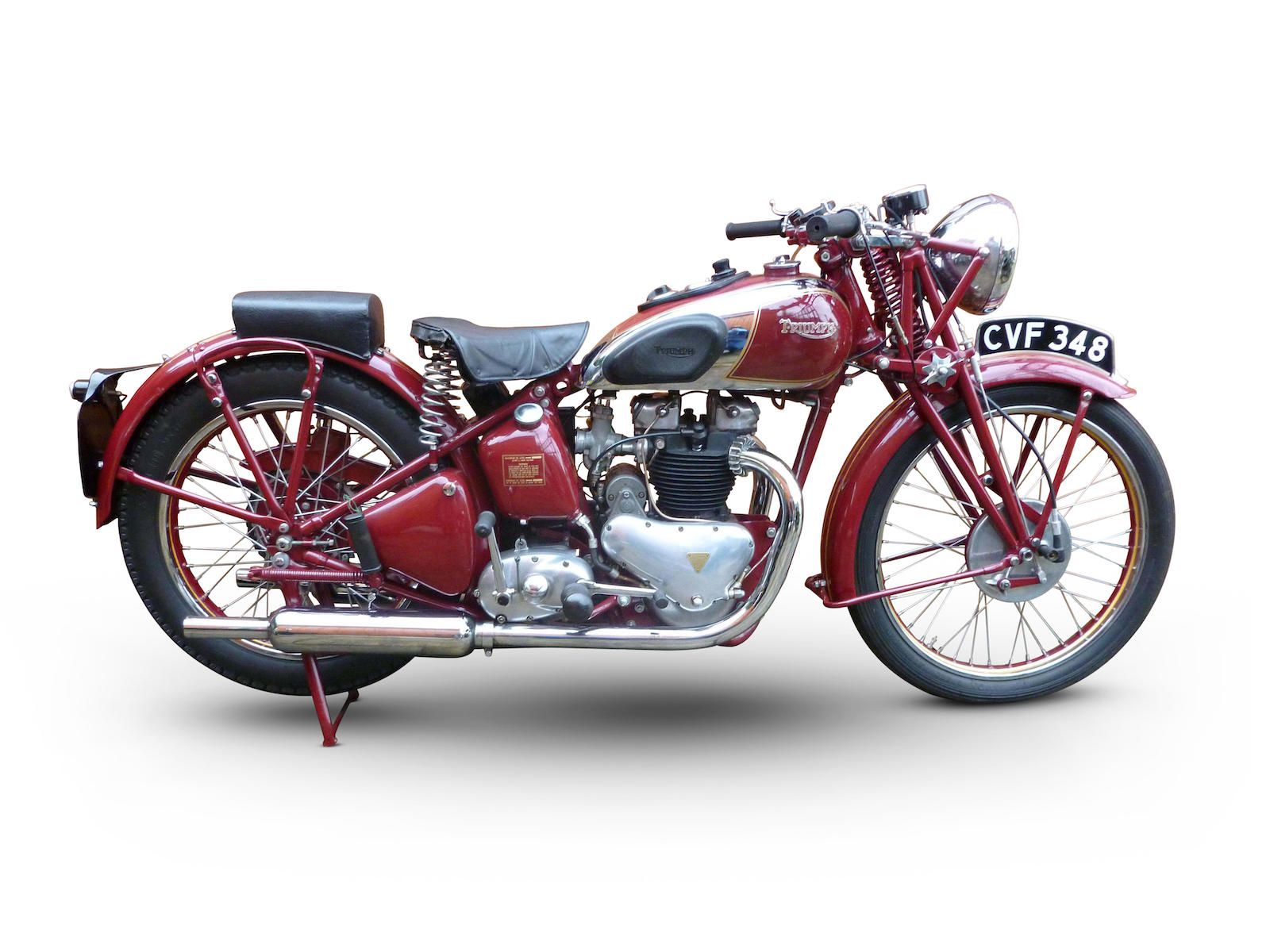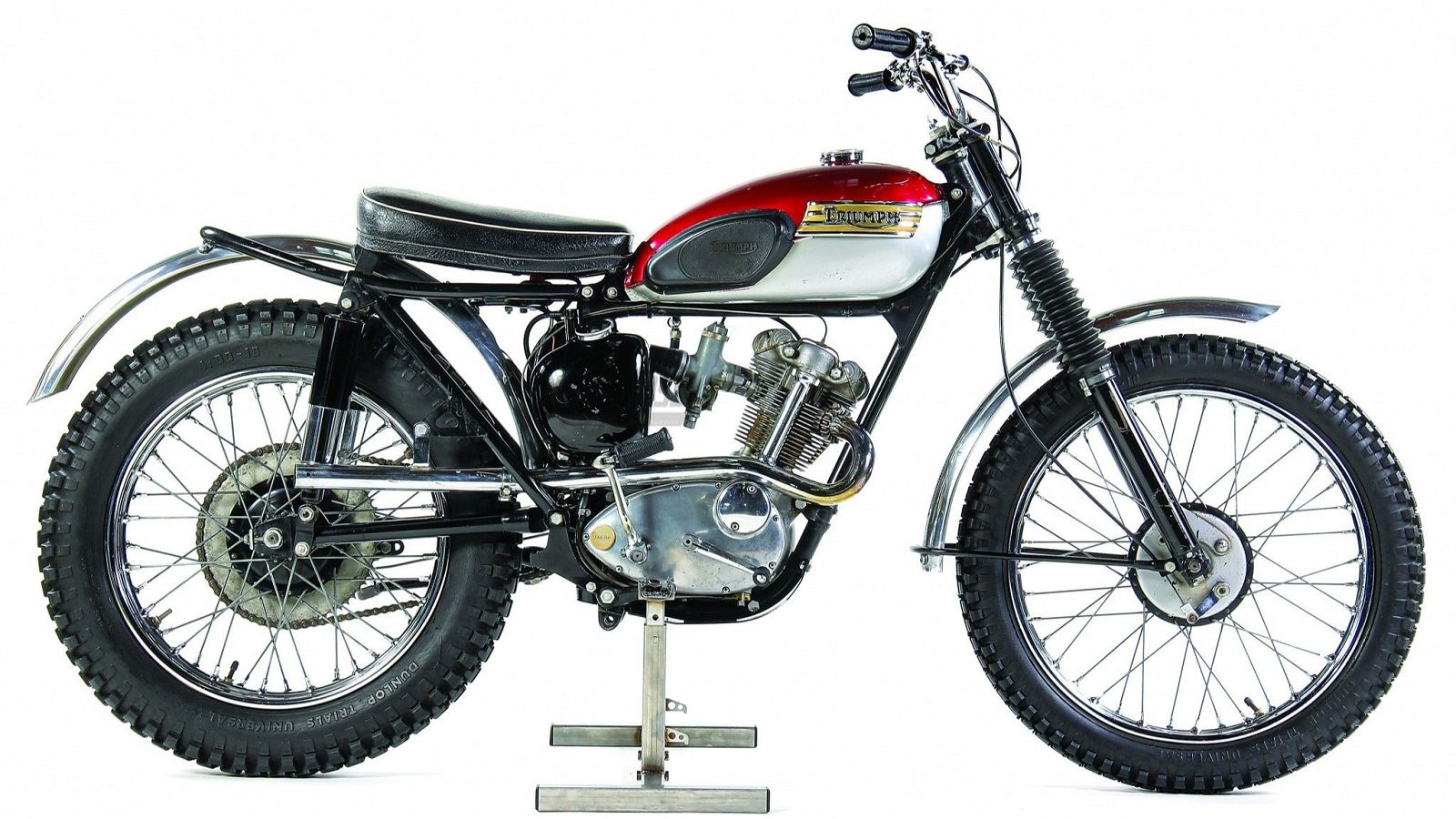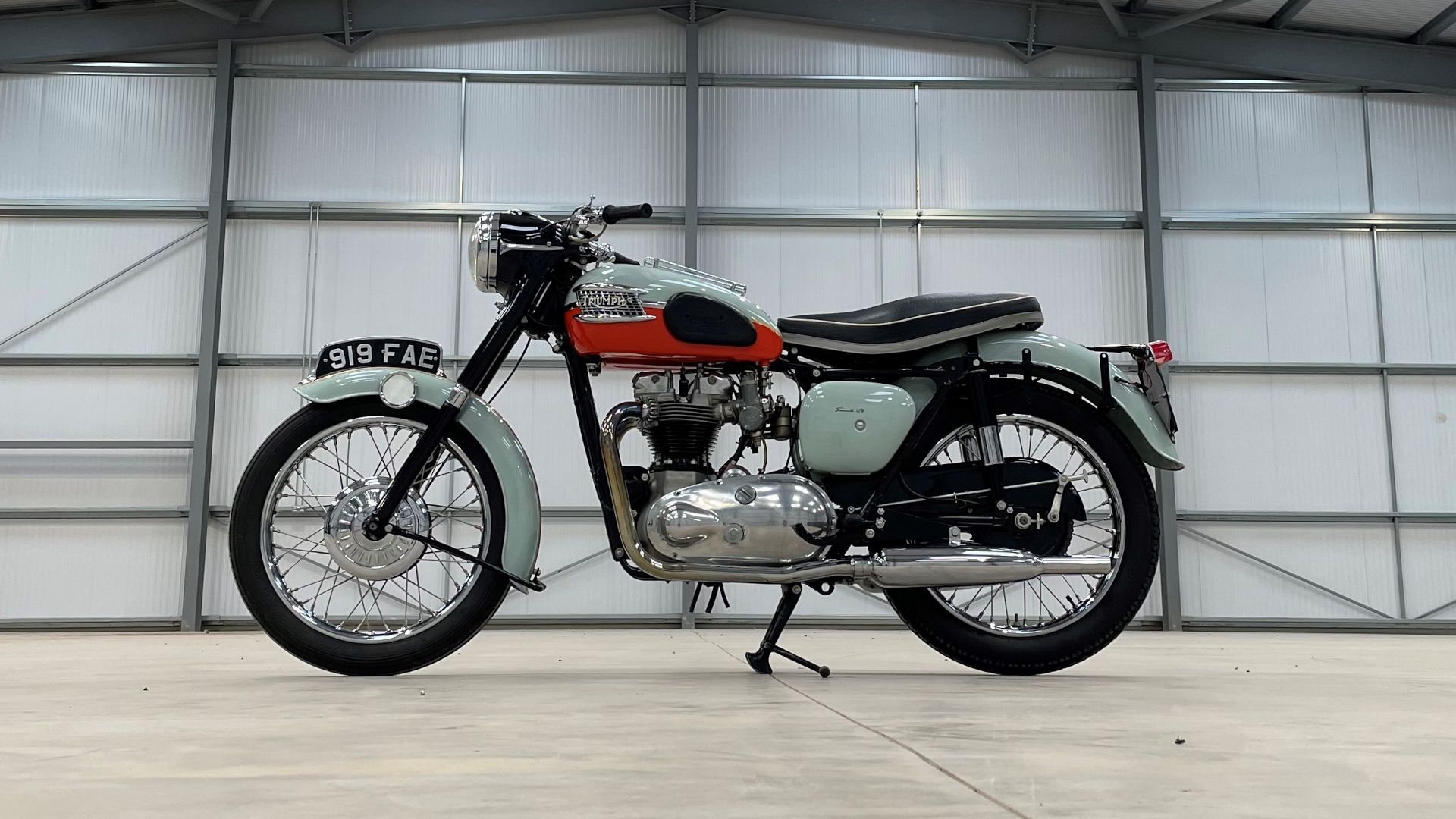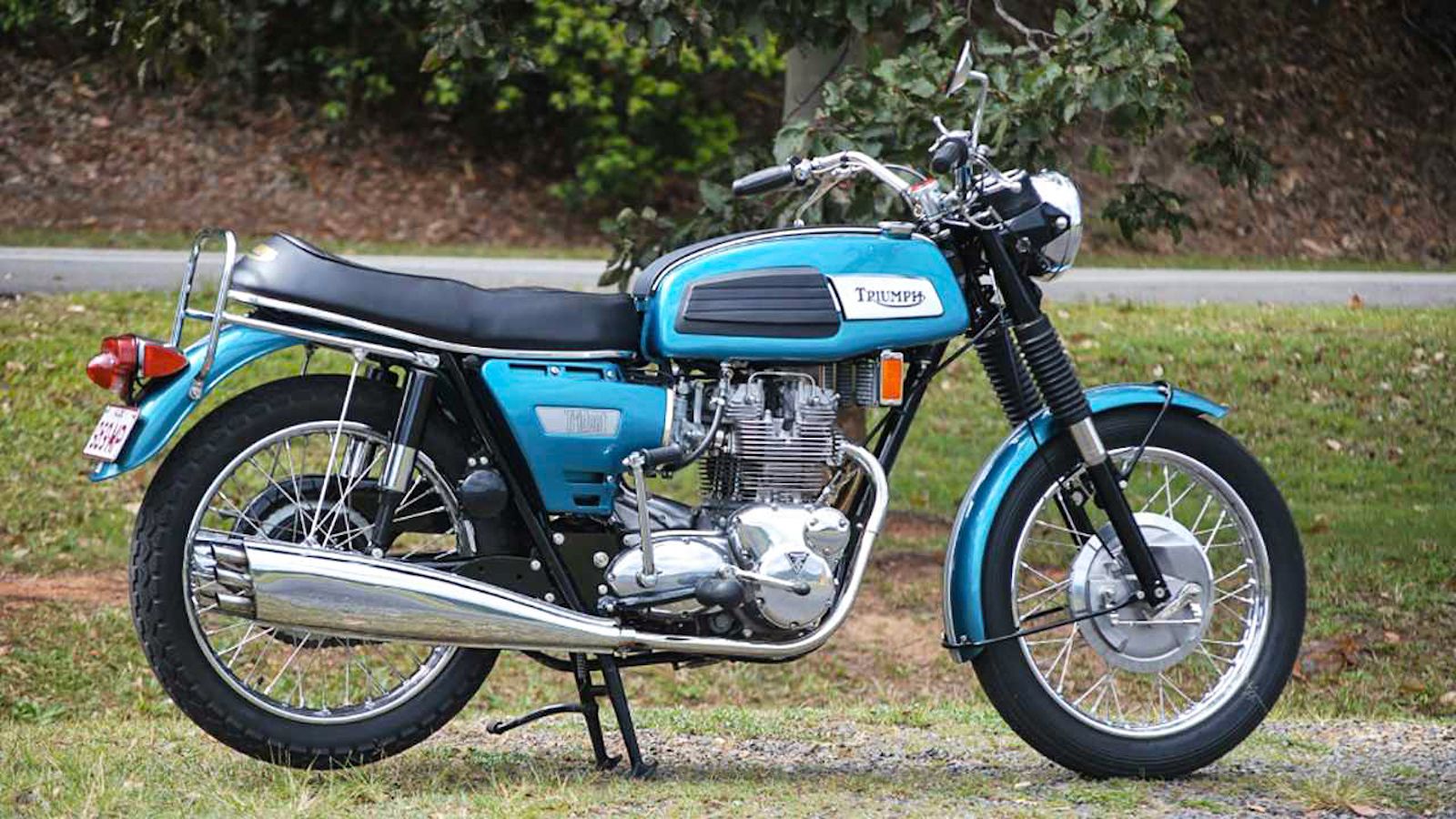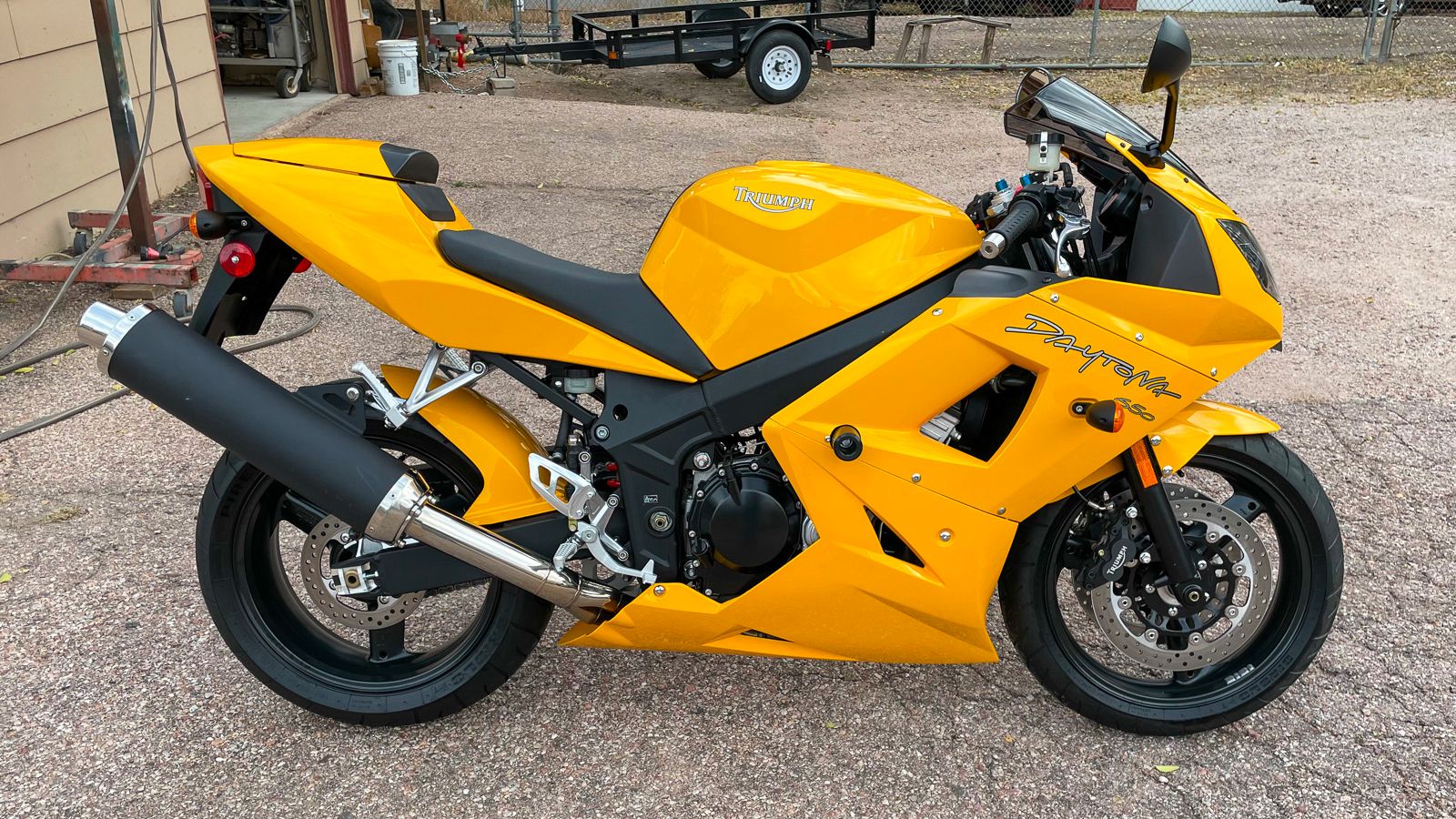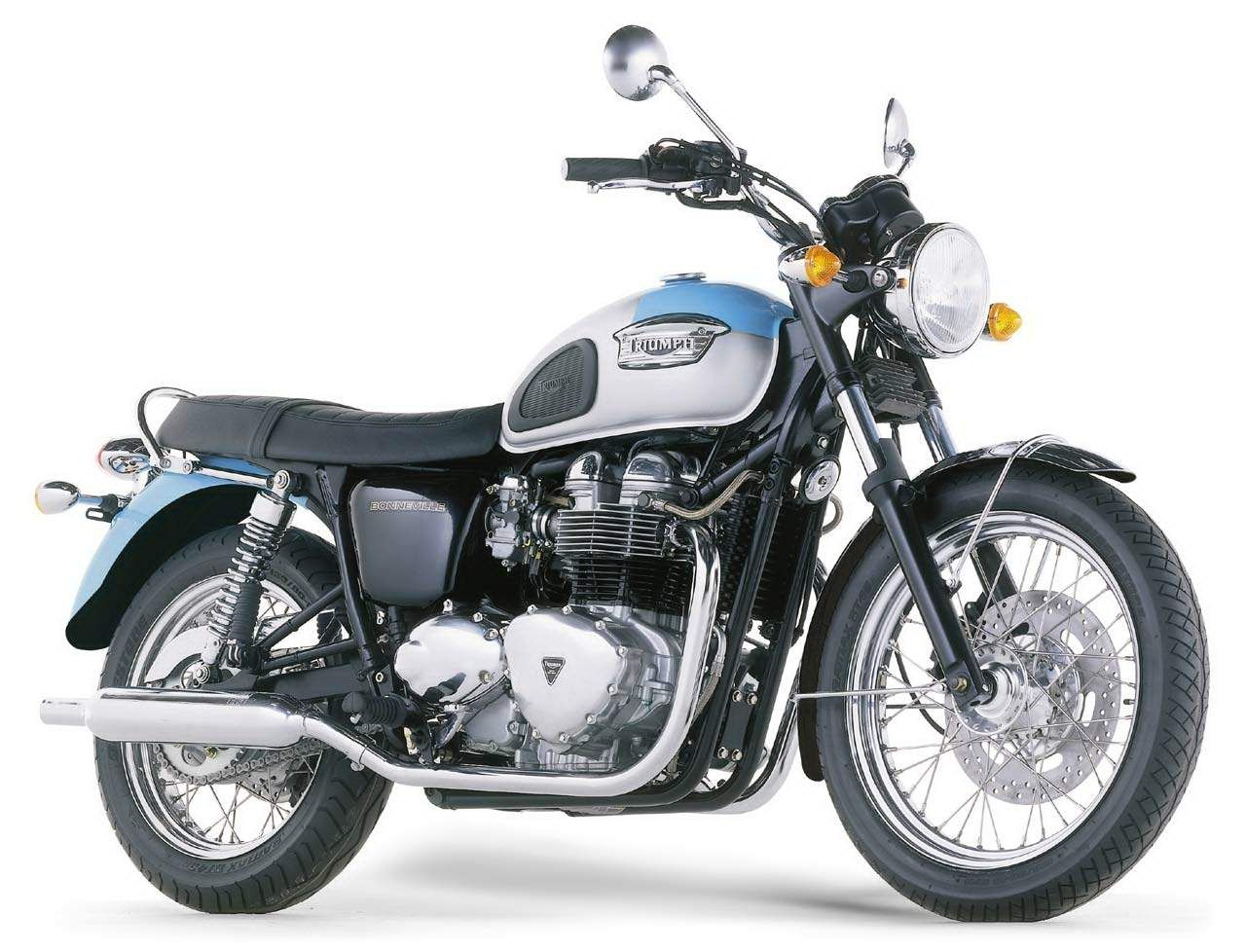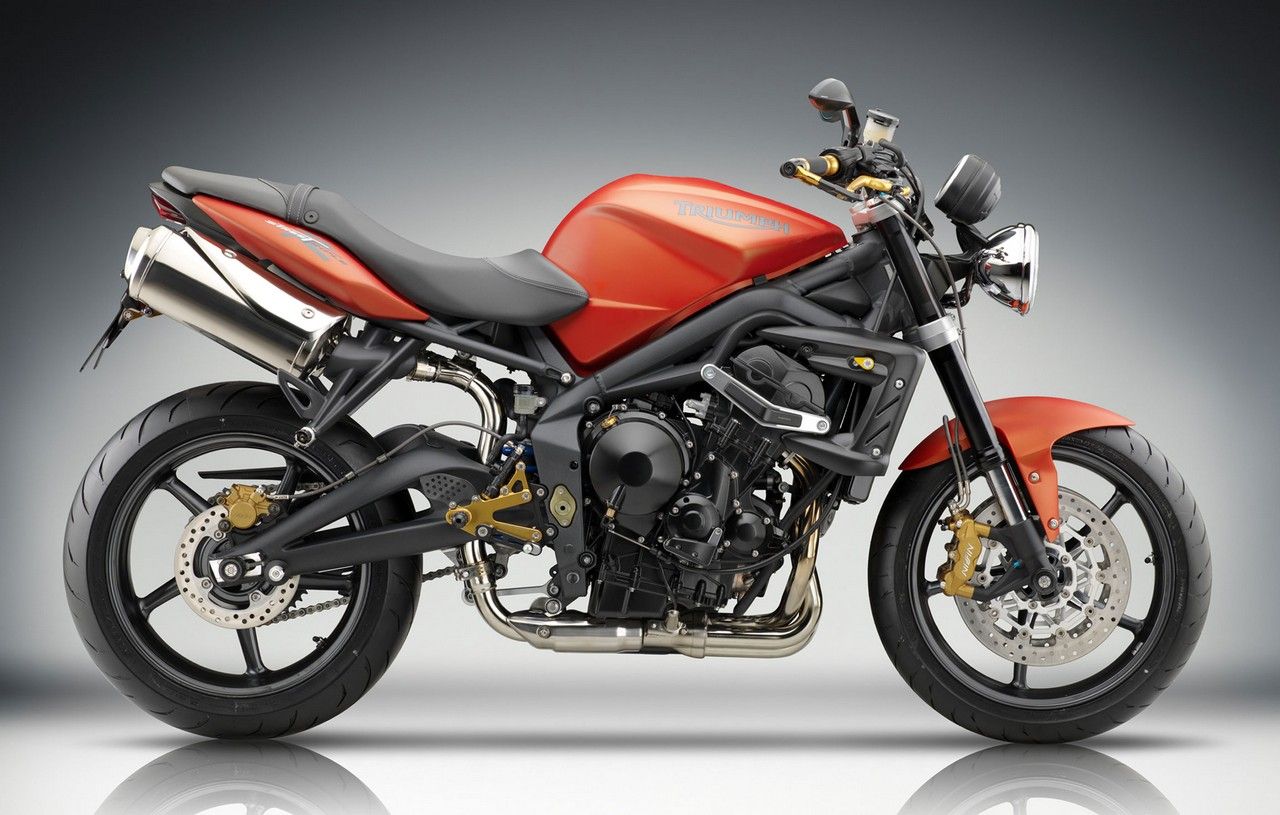The story of Triumph Motorcycles is effectively that of the British motorcycle industry: starting in the early years of the 20th century, surviving war and the Great Depression and another war to dominate the world motorcycle market up to the arrival of the Japanese in the 1960s, only to fall into ruin by the 1970s. Unlike many British motorcycle manufacturers, however, Triumph would rise out of the ashes in the early 1990s to once again become a force in world motorcycling. Throughout its entire history, Triumph has built many important and era-defining models and here is our pick of the ten best.
10 Triumph Model H – 1915
Sadly, there’s nothing like a war to boost a company’s profits and reputation, and it was no different for Triumph in the First World War. When war broke out, the company was but 12 years old (as a manufacturer of motorcycles, that is) and, being well-established, was in a good position to supply motorcycles to the military, which needed them for dispatch riding duties, among other things. The mainstay of production in this period was the Model H, with a 499cc, single cylinder engine. The model was so successful (30,000 were built in three years), having an excellent combination of speed and reliability, that it was nicknamed the Trusty Triumph and did a lot to cement Triumph’s post-war reputation and prosperity.
9 Triumph Model R Ricardo – 1921
In its early days, Triumph was relatively cautious when adopting new technology, preferring to stick to tried and tested methods for reliability. All that changed in 1921, when Triumph approached engine specialist Harry Riccardo to design a new overhead-valve engine with no fewer than four valves for the single cylinder and producing an impressive-for-the-time 20 horsepower. The problem was that metallurgy hadn’t entirely kept pace with engine development, and the four-valve heads were initially unreliable. The Model R continued in production until 1927, and today, they command high prices whenever they come up for sale.
8 Triumph Speed Twin – 1938
Revolutionary when it first appeared in 1938, the Triumph Speed Twin was fitted with Edwards Turner’s compact parallel twin engine. It was barely any larger physically than the twin-port singles it effectively rendered immediately out-of-date. The benefits were smooth running and good power throughout the rev range, with much better acceleration than an equivalent single. More importantly, the triumph Twin engine, arriving as it did on the eve of the Second World War, gave Triumph a considerable lead when civilian motorcycle production was re-commenced in 1946.
7 Triumph Tiger Cub – 1954
Developed from the 149cc Terrier of 1953, the 1954 Triumph Tiger Cub had a displacement of 199cc, but, more importantly, the Cub looked exactly like a miniature twin-cylinder Triumph. One of Edward Turner’s excellent skills was as a stylist, and Triumphs were arguably the best-looking machines of the 30s, when he joined Triumph, through to the end of the 60s. The Cub was not just an excellent road bike but also proved highly effective in racing, both on-road and off-road, with trial versions performing exceptionally well with their lightweight and good power-to-weight ratio.
6 Triumph Bonneville – 1959
The legend! In 1956, Texan Johnny Allen piloted a streamlined ‘motorcycle’ to a speed of 214mph at the Bonneville salt flats in Utah. Even though the F.I.M. did not ratify the record for technical reasons (the timing gear had not been certified by the F.I.M.), Triumph gained massive publicity from the attempt. When a new performance model was on the drawing board, only one name could be used: Bonneville. The T120 designation came from the claimed top speed. Speed was the new big-ticket sales tool. The Bonneville became the sports bike of the 1960s and is today regarded as an icon of motorcycling.
5 Triumph Trident – 1968
The Triumph Trident is the ‘nearly’ motorcycle. The Trident was still an impressive motorcycle, with an ultra-smooth and powerful (compared to the parallel-twin design) engine. However, the squared-off Ogle styling left a lot to be desired. Later models would revert to more traditional Triumph styling. The Trident T150 had drum brakes and a kick-start, however, later models gained a single front brake disc and an electric start. But the writing was on the wall for the British motorcycle industry, and the Trident was to be the last new mass-produced British motorcycle for over two decades.
4 Triumph Daytona – 1992
The first – and possibly most crucial – thing that new Triumph owner John Bloor realized when production of ‘new’ Triumphs commenced in the early 90s, was that a link back to the illustrious history of Triumph was essential and the easiest way of doing this was by resurrecting model names for the new bikes. Thus, the new models bore the names Trident, Trophy, and Daytona. All of a sudden, here were British motorcycles that could fight on equal terms with anything the Japanese, Italians, and Germans could produce: a thoroughly modern motorcycle. The flagship of the range were the Daytona Supersport models, with either 900 three-cylinder or 1200 four-cylinder engines. They were fully faired in the manner of Japanese superbikes, but had their own distinctive style and were somehow, utterly British. They were also excellent motorcycles, impressing contemporary testers and customers alike with their engines and chassis behavior.
3 Triumph Speed Triple – 1994
Before too long, Triumph realized that to try and compete with the Japanese and Italians in the faired super sports field was a hiding to nothing and would soak up more capital than they would ever generate in sales. Thus, Triumph concentrated on another big market in Europe: the naked sport bike, or Streetfighter, market. The Speed Triple first appeared in 1994, the name an obvious play on ‘Speed Twin.’ Original Speed Triples were powered by a 885cc, three-cylinder engine producing 98 horsepower and contained in a steel backbone frame and fitted with clip-on handlebars. In 1997, the Speed Triple received a complete engineering make-over, with an all-new triple-cylinder engine housed in a new tubular perimeter frame with a single-sided swing-arm and featuring distinctive twin ‘bug-eye’ headlights. From that point on, the Speed Triple was steadily developed, with ever larger engines culminating in the 1200cc models for 2021-onwards.
2 Triumph Bonneville – 2001
In the early days of ‘new’ triumph, the company resisted the temptation to wholly re-create any of the original Triumph models. In 2001, however, the time was obviously right and Triumph all-but invented the ‘modern classic’ craze when it launched the retro-styled Bonneville model. The ‘new’ Bonneville looked exactly like the 1960s T120 and certainly wasn’t an attempt to modernize the looks, although the engineering was fully modern. The parallel-twin engine was there but now with balancer shafts to iron out the vibrations. The Bonneville was a huge success and gave rise to a whole new range of motorcycles – roadster, Scrambler, cruiser, bobber, and – each as successful as the original.
1 Triumph Street Triple – 2008
Following the success of the larger Speed Triple model, Triumph realized there was an opportunity for a smaller-engined model along similar lines and this duly appeared in 2007 as the Street Triple. If the bug-eye headlight styling divided opinion, what was never in doubt was the performance – thanks to the 675cc, 106 horsepower three-cylinder engine – and the handling: the Street Triple has consistently been hailed as one of the finest handling motorcycles available in any class, irrespective of engine size. Constantly updated, the Street Triple has been yet another huge success story for Triumph, leading ultimately to the company supplying the engines for the Moto2 racing championship.
Source
https://www.topspeed.com/classic-triumph-motorcycles-that-defined-an-era/




